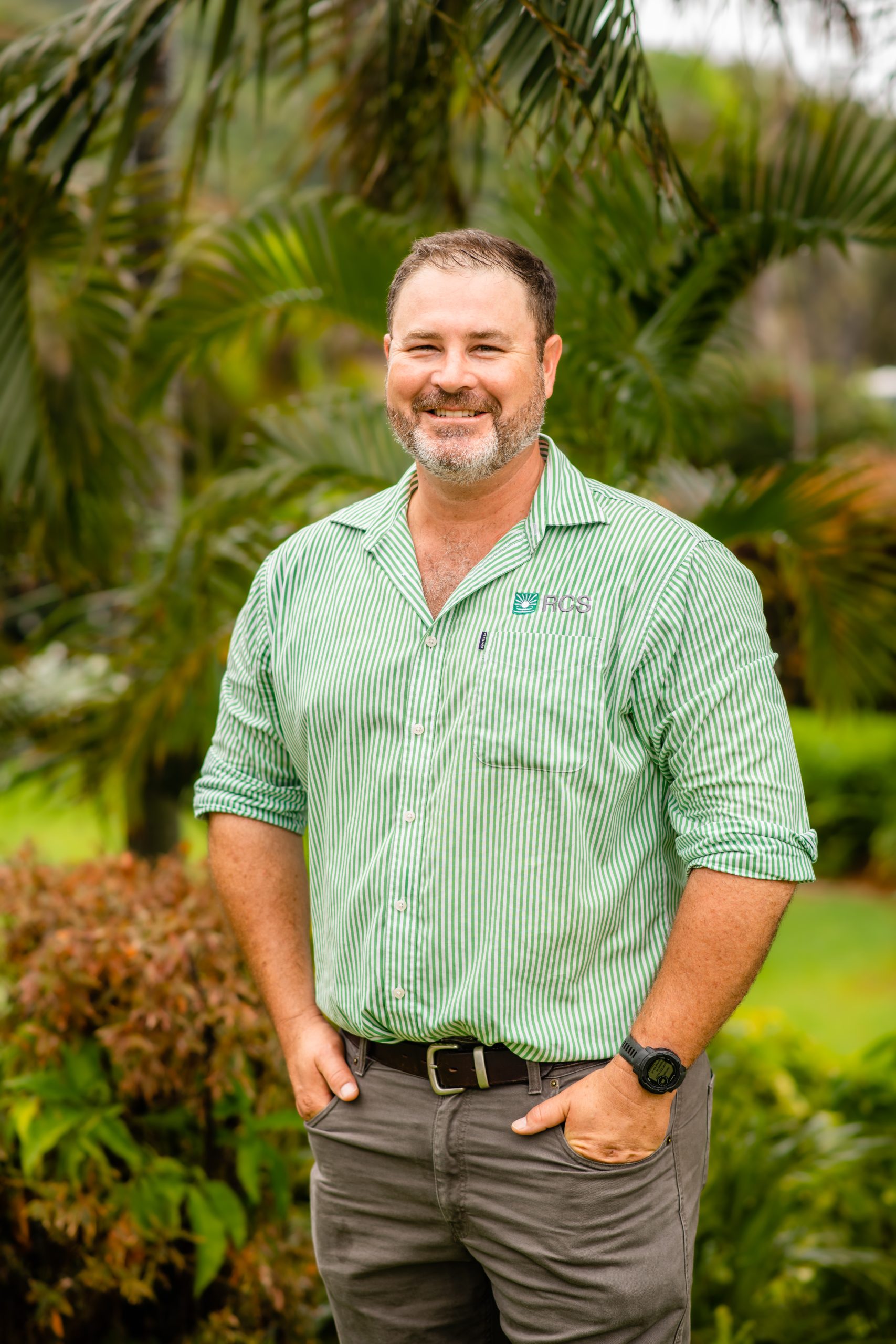
Dennis Donohoe, farm manager with Aminya Pastoral, is a seasoned producer with decades of experience, and his story is a testament to how even minor changes in farming practices can lead to significant improvements in productivity and land health.
Ever dug a plant up on your property just to check out its roots? According to anecdotal research of RCS Chief of Delivery, David McLean, most of you haven’t. And if you ask him, you should.
I was driving around with a mate at his station in the Pilbara recently. We were talking all things cattle, business, people and grass so I suggested we pull up and dig up a couple of plants. I was surprised to hear that he had never done this at his place before. We pulled up a number of times to see what was happening beneath our feet. To be more specific, we were looking at what was happening with the plant root systems.
How we manage our grazing animals has an enormous impact on plant roots. Leave the animals to graze the sweet grass too long, and you get short root systems. Leave the animals out of a paddock for too long, and you’ll also get short root systems. Grass needs stimulation. It has evolved to need things like grazing, cutting, burning and mowing to survive. It just happens we make more money out of grazing them. We go into this in detail in RCS courses.
“Whenever you get the chance, take a shovel out in the paddock with you. It doesn’t take long to dig up a few plants and see what is happening below ground.”
So let’s keep it simple. Whenever you get the chance, take a shovel out in the paddock with you. It doesn’t take long to dig up a few plants and see what is happening below ground.
For us, we weren’t trying to dig up too many spinifex plants on gibber stone country. We tended towards the softer flats – exactly where the cattle were choosing to graze as well.
Compare a few plants around watering points where you’ll have short grass. Then look at some in a fenced off area that hasn’t been grazed as much. Find a plant in an exclusion area like a tree guard that hasn’t been grazed or cut for years – see what’s happening there. Get the kids and team members involved.
The depth, activity and diversity of root systems in your country is central to every aspect of profitability in your business. It impacts everything from rainfall infiltration to drought, fire and flood recovery. Root systems are our primary tool to improve soil health which influences productivity and therefore profit. Yet we don’t spend enough time monitoring what is happening and learning as we go. I said it once and I’ll say it again: take a shovel with you.
I was delighted to hear that when my mate visited some stations in Central Queensland in the following weeks he ‘dug up every buffel plant in CQ’, checking out the roots at every place he went. Many of the places he visited commented they’d never done it before either.
Happy digging.
Author:

Chief of Delivery
Profitable Paddocks is our educational newsletter sent to your email inbox every quarter.
Click the Bell for the latest blogs.

Dennis Donohoe, farm manager with Aminya Pastoral, is a seasoned producer with decades of experience, and his story is a testament to how even minor changes in farming practices can lead to significant improvements in productivity and land health.
Once you have ownership as to why planning is important, the next ingredient is to work out where and how you will do your planning. When you write something down you change your relationship with the content. I cannot emphasise enough the power of getting your thoughts and plans out of your head onto paper or the computer.
The season in SA and Tassie is particularly tight right now with little or no useful rain since early January and a generally failed 2023 spring prior to that. Right now, across southern Australia and much of the eastern NSW, you won’t need to drive far out into the countryside to see cattle and sheep grazing (and lying on) hay and silage trails lined across paddocks.
Martha Lindstad and partner Robert James are farm managers on ‘Karalee’, Enngonia NSW. Both have travelled different paths to being where they are. Martha is originally from Norway, growing up on a three hectare farm before travelling to New Zealand and eventually the Pilbara in Western Australia. It was here that she saw the benefits of sustainable farming for the country and livestock.
The Prince’s RCS mentor, Raymond Stacey, sees a strong future ahead for Simon and Laura. “The Drought Resilient Soils and Landscapes project is about supporting graziers to manage their country and businesses better,” Raymond said. “I see an operation here where they’re working hard on their planning and putting their plans into action to leave their country, business and people in better shape.”

Join our mailing list
